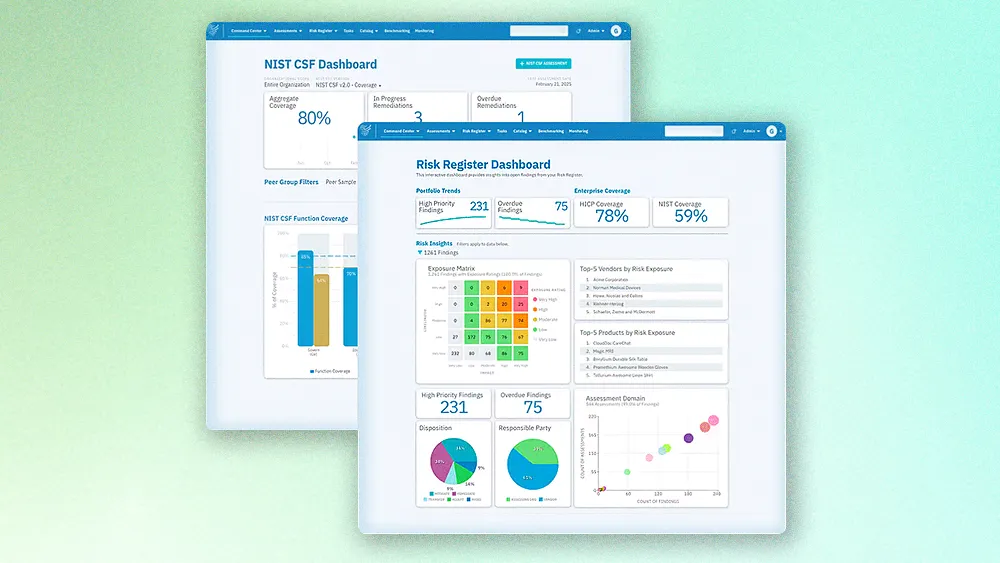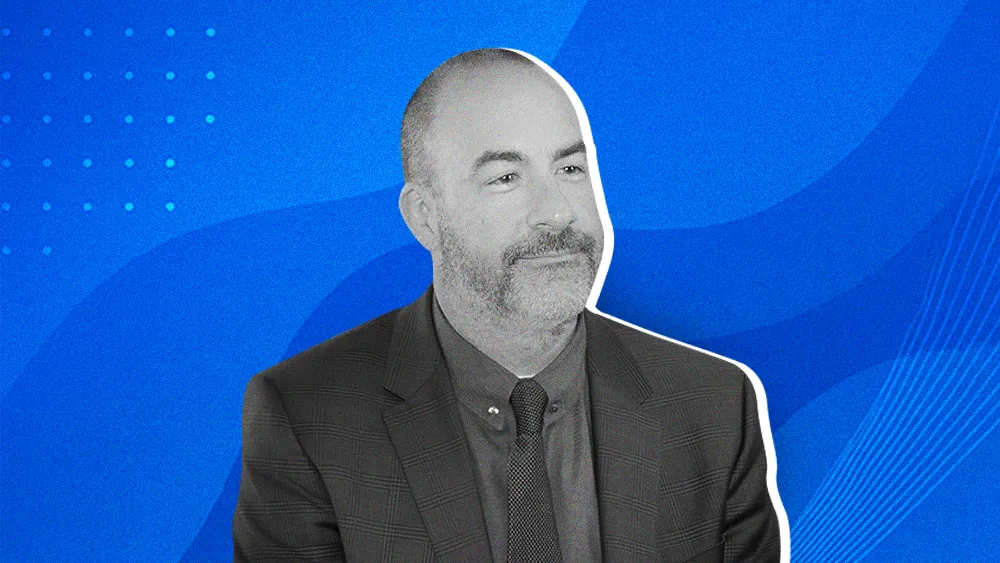
Key Points
- The convergence of AI automation, privacy, and cybersecurity risks demand a unified approach to business strategy.
- Whirlpool's Gabriel Hayduk joined us for an interview to discuss the importance of translating complex risks into clear business strategies.
- Simplified "risk storytelling", such as using concise presentations, is vital for executive understanding and action.
- Effective orchestration of AI's influence is necessary to maintain innovation without incurring excessive risks.
The era of the siloed security threat is over. In the age of AI, a cybersecurity vulnerability is a privacy crisis, an algorithmic bias is a potential brand catastrophe, and a data leak is a business failure. Connected systems have made the once-separate risks of cyber, privacy, and strategy unignorably indivisible.
In order to automate confidently and maintain compliance standards, data must be safeguarded within every automation cycle. Perhaps most importantly, effective communication of risks to upstream stakeholders becomes the most prominent metric for successful implementation.
Drawing on over 15 years of experience managing risk for multinationals across the financial, telecom, and automotive sectors, Whirlpool’s Global Data Protection Officer Gabriel Hayduk spends his days translating tangled, blended threats into clear business strategy.
"Only six months ago, the industry treated AI as an experimental exception," Hayduk said. "Today, AI is the default layer inside every system. This means privacy, cybersecurity, and AI risk are no longer three independent lanes of traffic, but a single, busy intersection." Now, a privacy officer's mandate to protect employee and client data often collides with the security team's gatekeeping controls and the AI's own black-box algorithms.
Risk storytelling: A new paradigm of clarity is needed because AI's velocity creates entirely new risks that outpace analysis. The uncertainty forces a strategic choice, and Hayduk was candid that it’s "still a question in search of a full answer". Risk storytelling helps leadership consciously choose their position, even as specialists are "navigating to a new journey as much as everyone else." Some aggressive companies will jump on new technologies and accept the high risk, while more conservative firms will wait.
Beyond the data dump: Regardless of an enterprise's appetite for risk, Hayduk argued that the old way of communicating risk to stakeholders is broken. "You can drop a 30-page technical report on the boardroom table, but if executives don't feel the business impact, nothing changes." The goal isn't to scare leadership, but to educate them on the tangible trade-offs. In practice, this means walking into the C-Suite with a simple, two-slide approach. "One slide tells the story of why this matters to our business, and the other lays out a clear mitigation scenario," he explained. "It lets us answer: Here’s the opportunity, here's the downside, and here's the cost to mitigate. Does this align with our risk appetite?"
The technical polyglot: Top management must understand the basics, but they also need a translator for these blended risks. "Someone who can fluently articulate the trade-offs must take ownership of saying, 'Here's how this new Gen AI feature boosts sales, but here's why we must throttle sensitive data until the controls mature.'"

That translation extends to the front lines, where employees are encouraged to double-check AI-generated information and be wary of hallucinations. The biggest challenge is aligning the competing priorities that AI creates across the business, Hayduk said. Each department sees AI's risk through its own lens: "Security sees breaches, privacy sees regulators, and the business sees profit." According to Hayduk, enterprises hold an outdated misconception that privacy and security are functions of support.
Enter the symphony conductor: "My most complex job right now is to create a symphony," he said. "In the AI era, we are all strategic partners. Without a conductor, your innovation won't just stall, it will explode in dramatic fashion." A great architectural conductor synchronizes those expectations so the company can innovate without paralysis or extreme risk.
Privacy, cyber, data governance, and product teams will likely always maintain their own KPIs. But as AI increasingly touches each department simultaneously, proper orchestration to keep every section playing in tune with the business strategy is the global KPI at center stage. The foundational tech will mature and protocols will change, but establishing proper fundamentals early and often will prepare enterprises for the long haul of innovation.
.svg)





